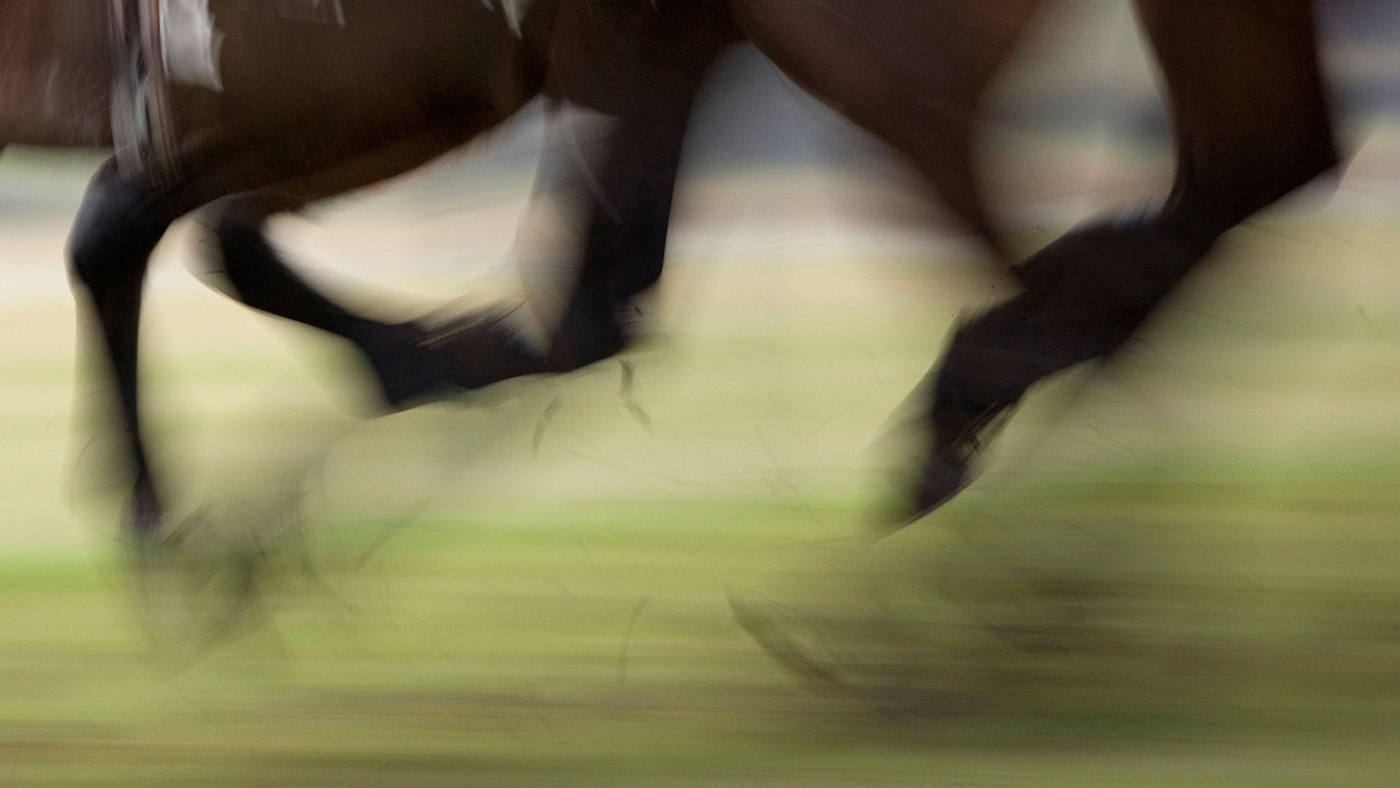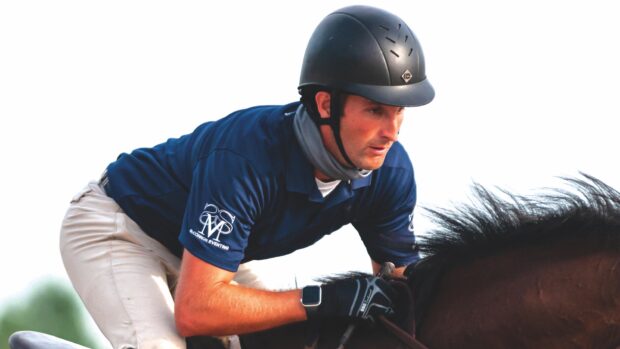Three horses have died in three days at the notorious Santa Anita racetrack in California, despite an increase in safety measures.
The course made global headlines last year after campaigners highlighted its extraordinary death toll, with 42 horses having sustained fatal injuries since December 2018.
Despite a commitment to improvements last year, fatalities have continued at the course, with three horses having to be euthanised between 17 and 19 January.
A five-year-old gelding called Uncontainable was reported to have fractured his off-fore fetlock on 17 January, while a six-year-old gelding named Harliss had to be put to sleep after suffering the same injury the following day. Tikkin Olam, a four-year-old gelding, also died following a training accident on 19 January.
In December last year, Los Angeles County District Attorney ruled that there had been no criminal animal cruelty or unlawful conduct at the course and issued a string of recommendations on how to improve safety at tracks.
The investigation followed ongoing efforts to curb the death toll throughout 2019.
In March last year, after a tally of 21 deaths, racing at the track was suspended for three weeks while experts investigated the dirt surface. New rules were also brought in to tighten the use of medications and ban jockeys from using a whip other than for safety reasons.
But losses continued after the Arcadia park reopened, and in June, Santa Anita’s owners the Stronarch Group agreed to an enhanced safety review.
The use of medications that mask injury are thought to be behind the high number of fatalities and the park embraced measures including the introduction of a five-member panel providing additional reviews of horses’ medical, training and racing history before they are permitted to run.
Santa Anita now claims to have the “most rigorous medication policies within the US”, which include “strict limitations” on the use of pain or anti-inflammatory medication and treatment, including legal therapeutic non-steroidal anti-inflammatories (NSAIDS), joint injections, shockwave therapy, and anabolic steroids.
The Stronach Group has also invested $500,000 (£379,000) towards the purchase of a PET scanner for the early detection of pre-existing conditions.
In recent months, the California Horse Racing Board (CHRB) has also sought to introduce new rules to crack down on the use of substances that can either mask injury or increase the risk of injury when horses are running at speed. This takes measures introduced at Santa Anita and extends them across their jurisdiction.
Continues below…

Safety review follows 29 equine deaths at US track
‘We remain steadfast in our commitment to making California horse racing the safest and best in the world’

Desperate appeal for help after nine horses’ mystery deaths
The horses have all seemed in good health, but died within minutes

Subscribe to Horse & Hound magazine today – and enjoy unlimited website access all year round
On 22 January, the CHRB approved an emergency regulation that only permits “hay, oats and water” to be administered on racedays. The anti-bleed medication Lasix is also allowed, but not at Santa Anita and Golden Gate for horses foaled in 2018.
At the same meeting, the board also adopted a rule requiring a full postmortem examination review of each fatality within a CHRB enclosure.
Racing in the US is governed currently by a patchwork of rules that span 38 different states’ laws. Legislation to place the federal government in charge of the sport has now gained the support of the majority of house representatives. Under the proposed measures, racehorses would be tested for banned substances under a new body controlled by the United States Anti-Doping Agency.
Would you like to read Horse & Hound’s independent journalism without any adverts? Join Horse & Hound Plus today and you can read all articles on HorseandHound.co.uk completely ad-free



